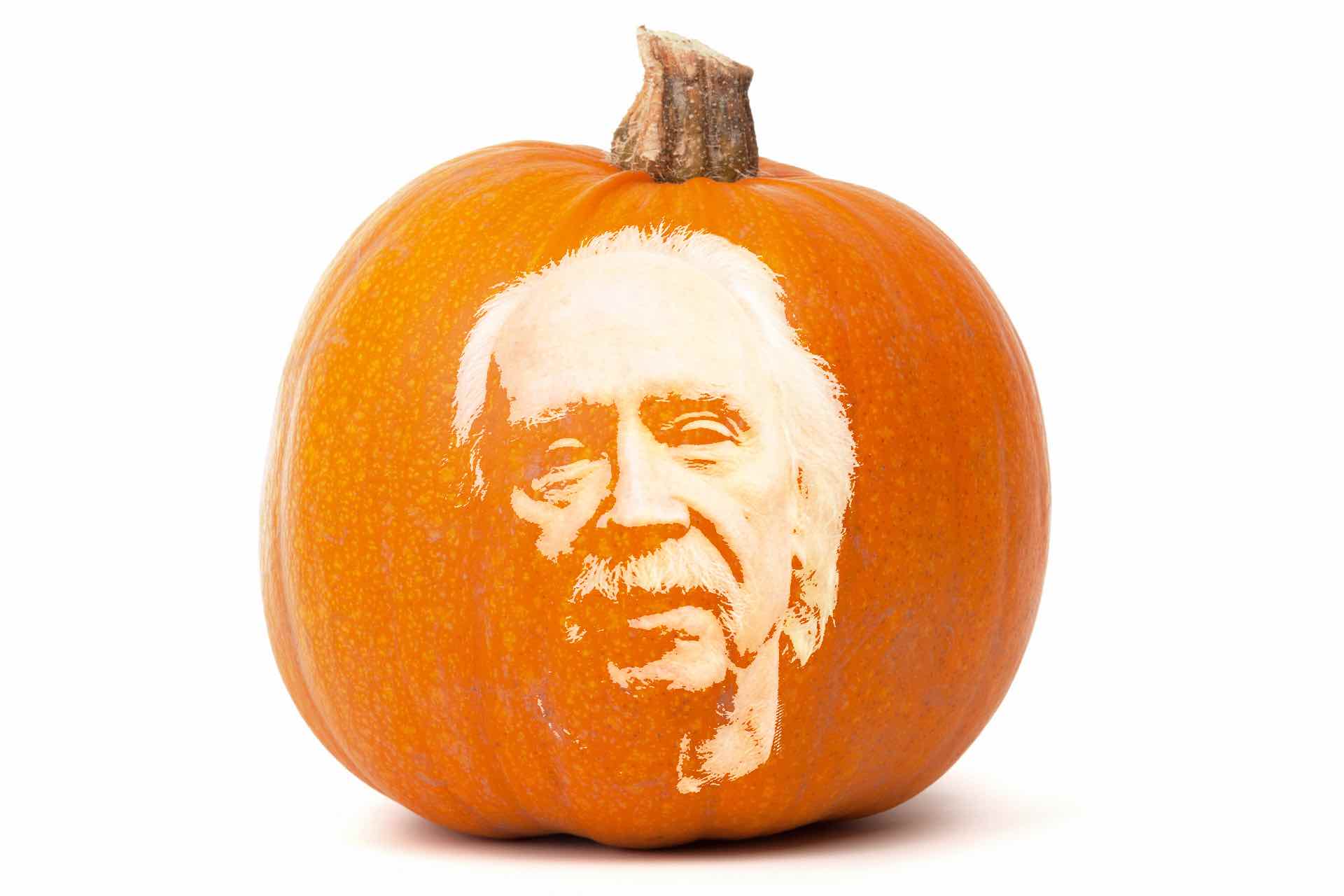If you love being scared by horror movies, chances are Halloween is one of your favorite times of the year. Besides the new horror movies that come out during Halloween, this day is also a great time to revisit your old favorites: the classic horror movies that made you fall in love with being terrified by cinema.

John Carpenter And His Horror Classics
Few people have been as influential to the horror movie genre as John Carpenter, who essentially invented the horror sub-genre of the “slasher” movie when he wrote, directed, and debuted his aptly named classic, Halloween (1978).
This film paved the way for movies like Friday the 13th (1980), Nightmare on Elm Street (1984), and Scream (1996), and to this day stands out as revolutionary.
What many may not know about John Carpenter is that a large part of his success as a filmmaker can be attributed to not only his writing and directing ability but also his music composition skills. As iconic as the movie Halloween is for its character creation of the white-faced-psycho Michael Myers, equally famous is the musical score, composed and performed by the director himself.
"Halloween" and its Music Score
The theme song from Halloween is one of the great achievements of atmospheric music: simple, dissonant, and instantly recognizable, played on an electronic keyboard by John Carpenter himself.
If you listen to the score, the unsettling feeling you may have upon hearing it is likely attributed to a few musical devices.
Firstly, the rhythm of this theme is written in an irregular meter, 5/4, where a pattern of 3+3+2+2 is prominently heard. The 3+3 sets the pace, while the 2+2, a shortened pattern, accelerates the perceived rhythm and gives a sense that we are rushing into the next bar.
The sense of urgency, instability, and imbalance in the music manifests through the choice of this odd meter.
Secondly, the harmony of the droning strings in the low register joins with the piano in the high register to create the perception of a minor chord.
However, after two bars of 3+3+2+2, while the melody continues the same rhythmic pattern, harmonically it drops abruptly by one half step, breaking away from the established key with harsh dissonance for two bars.
Essentially the theme song is comprised of the interval of 5th, played three times and followed by an interval of 6th to break the pattern.
In short, a break in patterns is the main device Carpenter uses to establish his suspenseful, unsettling atmosphere. Through rhythm, harmony, and melody, Carpenter establishes a perception of stability but quickly breaks the pattern with irregular meter, harsh dissonance, and lots of transposing.
The established norm of the music is shattered, causing the strange feeling your stomach while you listen.
The music’s role in making Halloween a horror masterpiece cannot be understated. Half of the movie-going experience is the sound. A director who neglects sound design, or even simply favors the visual over the auditory by using generic or uninspiring music, is like a plumber who leaves half his tools at home when coming to fix your pipes—maybe he’ll be able to get the job done but he’s making it unnecessarily hard on himself.
Consider a few scenes from Halloween and notice how the music augments—even drives—the tension to lead the viewer to anticipate the happening of horror at any moment.
It’s surprising that John Carpenter is one of the few directors that composes his own music. There are a multitude of writer/directors and directors who started as cinematographers, but the list of director/composers is relatively small.
John Carpenter made a name for himself and built credibility in the industry through his ability to create low-budget, high quality, box office hits earlier in his career, Dark Star (1974), Assault on Precinct 13 (1976), Halloween (1978), Escape From New York (1981), all of which had musical scores composed by the director himself.
Being his own composer allowed Carpenter to completely control the auditory atmosphere of his films, without having to pay the high cost of hiring a big name composer. Carpenter made it so the only limitation on his musical scores was his own musical ability.
This Halloween, if you’re a horror movie fan, take some time to appreciate the music of your favorite scary movies and notice how much it contributes to building tension and fright.
Marvel at the fact that not only did the great John Carpenter write and direct truly scary films, but he wrote the music himself. And if you’re an aspiring filmmaker, horror or otherwise, perhaps take a hint from John Carpenter’s success and invest some time in learning a little music for yourself!
Instead of having to hire a composer or cutting corners and relying on generic royalty free music, you’ll be able to create the music for your films, expanding the tools in your tool kit so that you stand out as a great creative talent.
Happy Halloween!
Ready to learn music?
Start learning with our 30-day free trial! Try our courses now!About Liberty Park Music
LPM is an online music school. We teach a variety of instruments and styles, including classical and jazz guitar, piano, drums, and music theory. We offer high-quality music lessons designed by accredited teachers from around the world. Our growing database of over 350 lessons come with many features—self-assessments, live chats, quizzes etc. Learn music with LPM, anytime, anywhere!
